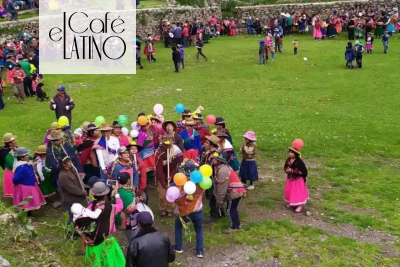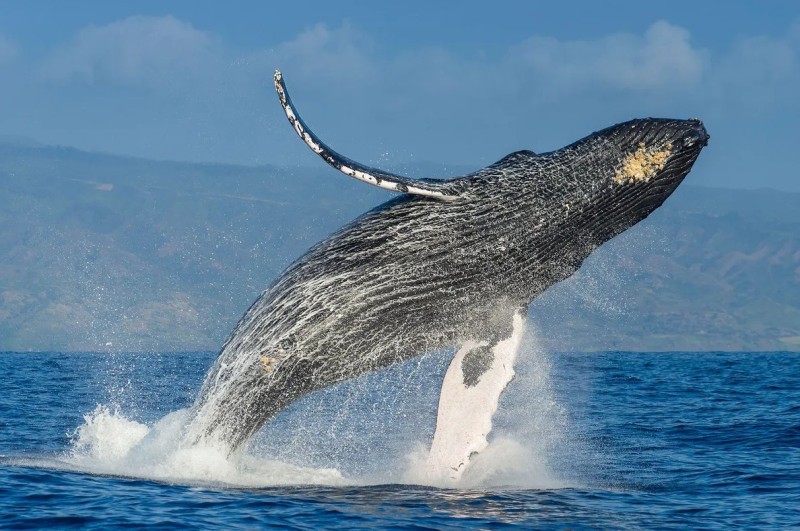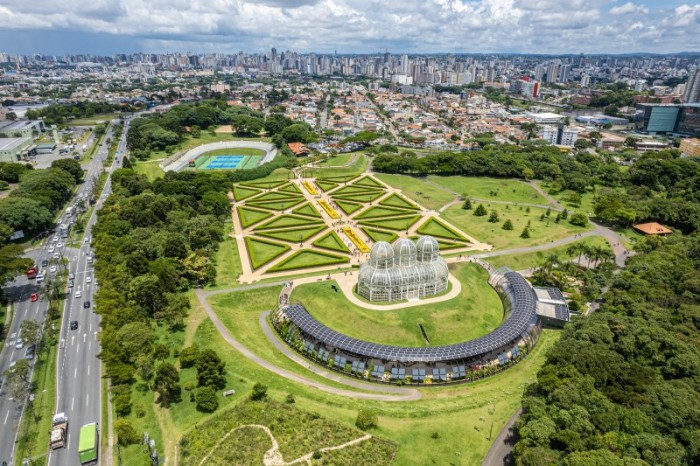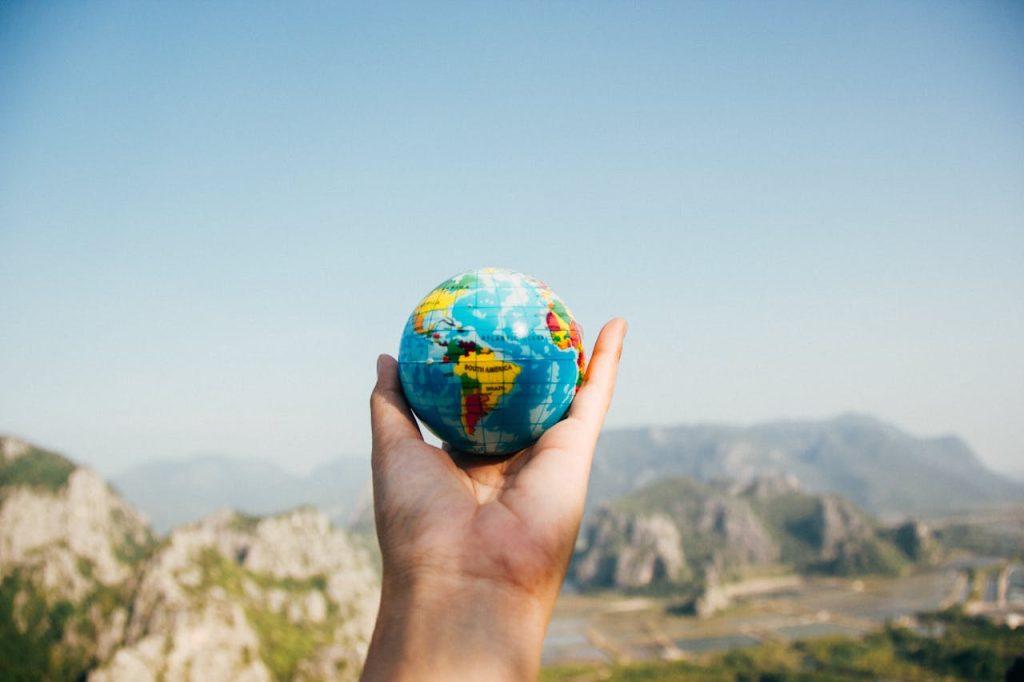Text by Stéphanie Gadat – This article was originally published on www.elcafelatino.org
The Huarochirí manuscript is one of the most important written sources available to historians on the pre-Hispanic Andes. The absence of a pre-Hispanic writing system (quipu, a system of knotted strings, allowed information to be transmitted, but their status as writing remains debated, and we do not know how to decipher them today in any case) has led historians to use colonial sources, mainly written in Spanish. The Huarochirí manuscript dates from the colonial period (around 1608, almost a century after the arrival of the Spanish conquistadors following Francisco Pizarro in 1532) but it is particularly valuable because it is the longest known source in Quechua, and because of the richness of its descriptions of pre-Hispanic practices and beliefs in the Central Sierra (Peru).
A priest and his parishioners: an investigation into evangelisation and the extirpation of idolatry
Diving into the Huarochirí manuscript today is like a judicial investigation to gather information about the protagonists and their motives. Despite the indication in one margin ‘by the hand and pen of Tomas’, the context of the writing of the manuscript remains obscure, but it seems to be the result of a collaborative writing process. The document itself is already a survey, since Cristobal Choque Casa -an indigenous convert to Christianity- is said to have helped Francisco d’Avila -parish priest of San Damian- to gather information on the pre-Hispanic cults that continued to be practised, and which the evangelists grouped together under the term idolatry.
The manuscript had the effect of revealing to the Spaniards the survival and vividness of a number of pre-Hispanic cults after nearly a century of evangelisation. The personal wills of Bartolomé Lobo de Guerrero, who became Archbishop of Lima in 1609, and of Francisco de Avila, who was the first to be appointed “visitador de idolatría” in 1610, played a great role in the opening of this period in which evangelisation was systematised and made the persecution of idolatry one of its main tools.
This period of transition where two religions collide is also perceptible in the text, a passage of which seems to describe the narrator’s spiritual crisis. He recounts how he was pursued by the shadow of Llocllayhuancupa, who shook the earth around him to terrorise him. Newly learned Christian prayers helped him fend off the deity, while a second dreamlike episode shows his struggle to affirm his faith.
When nature is alive: the incredible world of Huarochirí
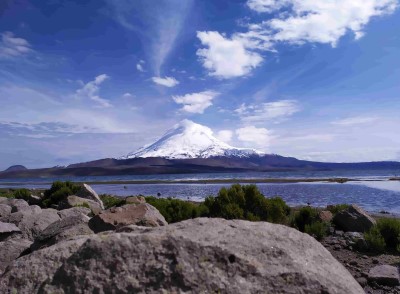
The author of the manuscript regrets the absence of a writing system comparable to that of the Spaniards and thus sets himself the goal of ‘writing down the traditions of the ancient men of Huarochirí, all protected by the same father, Pariacaca, their beliefs and customs as they have preserved them to this day’ so that they are not forgotten.
This local anchoring in the province of Huarochirí (central sierra) and the Checa ethnic group is very interesting for perceiving the regional differences within the Inca empire. The perspective of the manuscript differs in many respects from that of the Inca elite in Cusco, which is more often known to us through Spanish and mestizo chroniclers. The region of Huarochirí was probably only under Inca rule for a few years (between about 1460 and the Spanish conquest in the 1530s), so that local particularities are very marked.
For example, the Sun, often considered the main deity of the Incas, is absent from the manuscript. The tutelary deity (wak’a) of the region, on the other hand, is Pariacaca, a snowy mountain peak that dominates the region. The wak’a were often elements of the landscape that were considered to be animated, and that transmitted their ‘life force’ (translation of Quechua camac) to the beings living in their territory. Part of the manuscript is devoted to the confrontation between Pariacaca and Huallallo Carhuincho, two mountainous wak’a that may reflect the conflict between the Checa and Yunga ethnic groups (this generic term refers to the peoples of the lowlands, including the Amazonian foothills, to which they fled after the defeat of Huallallo Carhuincho). In a succession of colourful stories, the manuscript shows us the interactions between the wak’a and each other, with humans and animals, such as the challenges faced by Huatyacuri with the help of his father Pariacaca. Some episodes show strange similarities with biblical passages that the authors probably knew, such as that of a shepherd saved from the floods by his llama, which is related to the biblical episode of the flood, or that of the wak’a Cahuillaca who has a son by being a virgin after having eaten a fruit into which Cuniraya Viracocha had introduced his seed. Other passages provide mythological justifications for the presence of fish in the sea, the characteristics of the puma, the condor, the fox, or bring in a fantastic bestiary, such as Amaru, the gigantic serpent of the lagoons.
Despite its relatively short length, this manuscript has been compared to other great texts, from the Old Testament to the Epic of Gilgamesh and the Mayan Popol Vuh. It is full of descriptions and stories, the richness of which is as much for the researcher, for whom it is an essential source, as for the reader, who will find in this overflow of anecdotes something to satisfy his curiosity.

